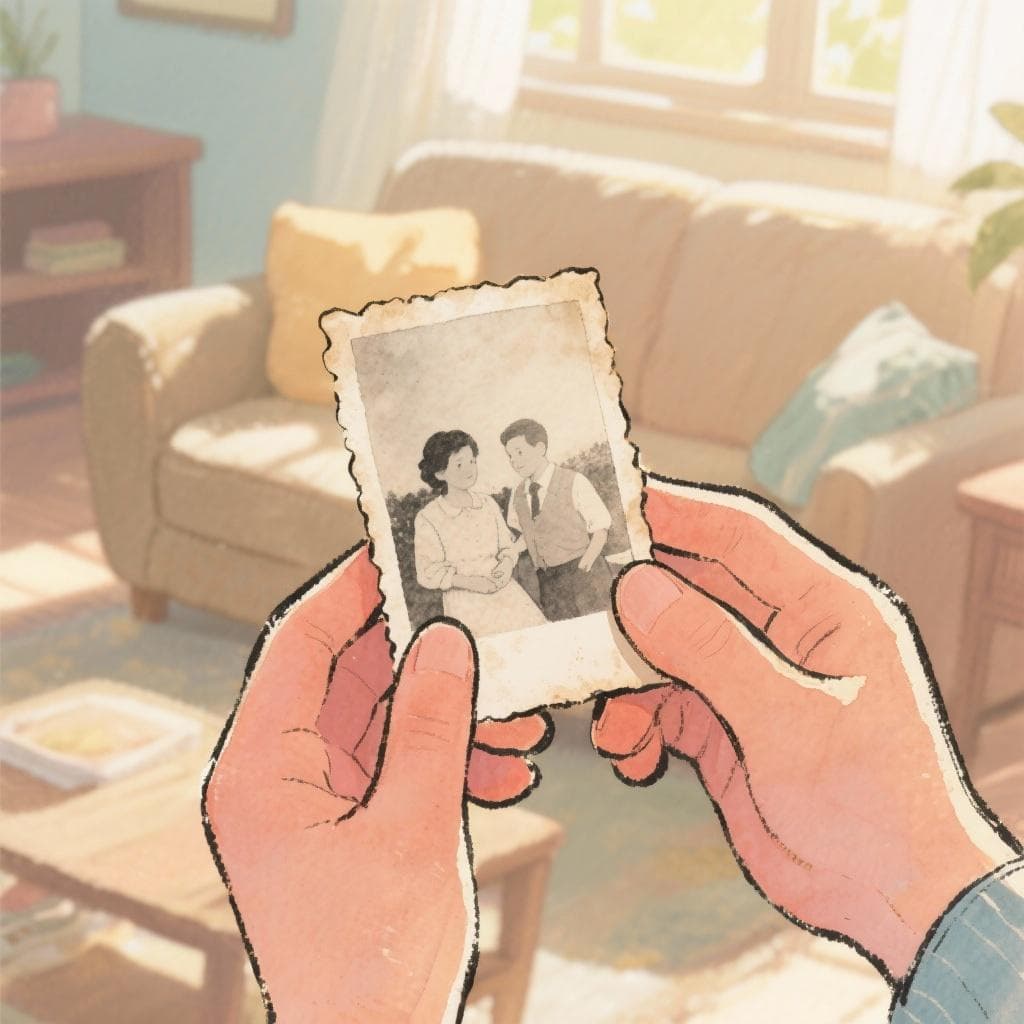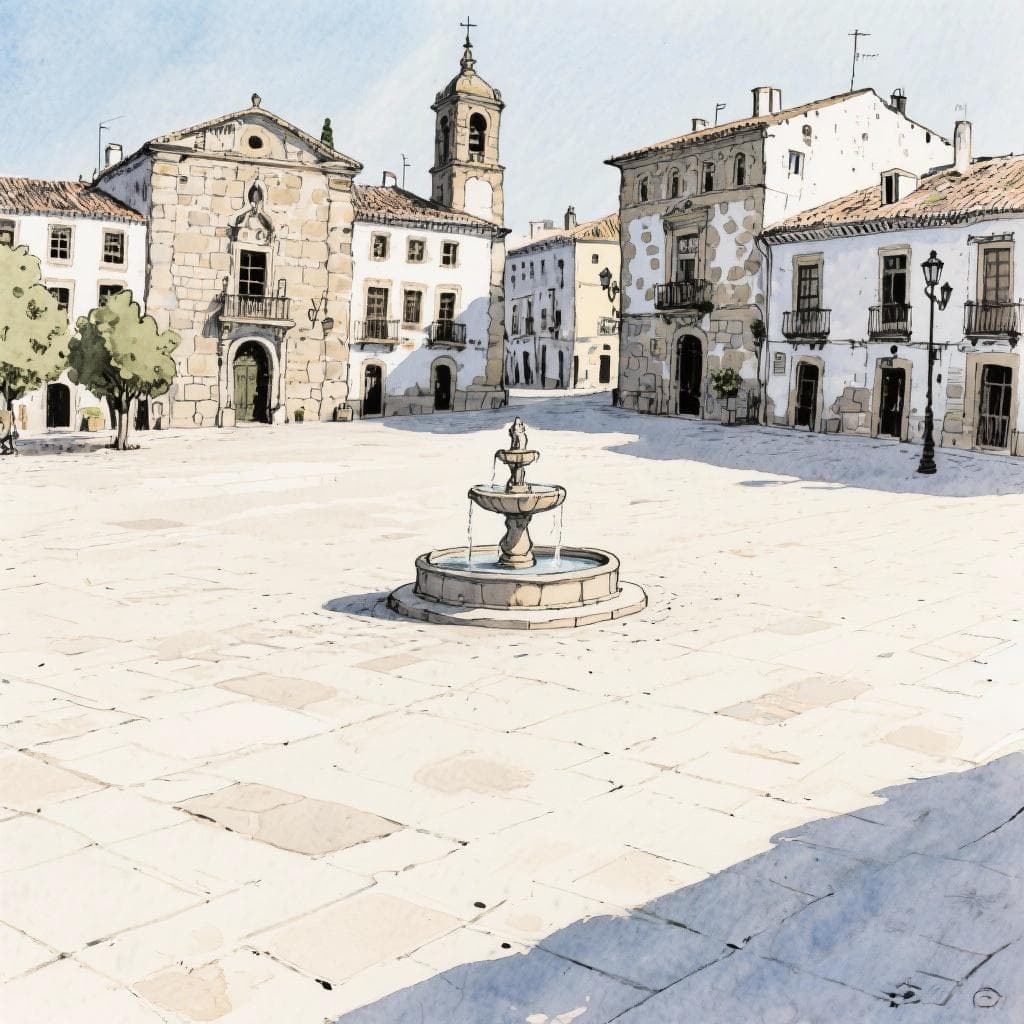Table of Contents
Spanish Imperfect Tense: Your Guide to Regular Verbs (-ar, -er, -ir)
Ever wanted to tell a story about your childhood, describe what a place used to be like, or set the scene for a dramatic event in the past? If you've ever felt stuck using only one past tense in Spanish, you're in the right place!
Welcome to the imperfect tense (or el pretérito imperfecto). Think of it as your storytelling superpower. While the preterite tense is for specific, completed actions (like I ate an apple), the imperfect tense is for painting the background, describing ongoing scenes, and talking about things you used to do.
In this guide, we'll unlock the magic of the imperfect for all regular verbs. By the end, you'll be able to talk about the past with much more color and detail. ¡Vamos!

What is the Imperfect Tense, Really?
Imagine you're watching a movie. The preterite tense is the main action: "The hero jumped from the building. The car exploded."
The imperfect tense is the director setting the scene: "It was a dark and stormy night. The wind was howling. The hero was feeling nervous."
See the difference? The imperfect doesn't focus on the beginning or end of an action. It describes the state of things, the ongoing "vibe," or the habitual nature of something in the past.
We use the imperfect tense to talk about:
- Habitual actions in the past (what you "used to do").
- Descriptions of people, places, and situations in the past.
- Ongoing actions that were in progress ("was/were -ing").
- Age, time, and weather in the past.
- Feelings and mental states in the past.
We'll dive into each of these uses, but first, let's learn how to form it. The good news? It's one of the easiest tenses to conjugate!
How to Form the Regular Imperfect Tense
One of the best things about the imperfect is its regularity. There are only two sets of endings to learn for all regular verbs: one for -ar verbs and one for -er and -ir verbs. That's it!
Regular -AR Verbs in the Imperfect
To conjugate a regular -ar verb in the imperfect, you simply drop the -ar from the infinitive and add one of these endings:
| Pronoun | Ending | Example: cantar (to sing) |
|---|---|---|
| yo | -aba | yo cantaba |
| tú | -abas | tú cantabas |
| él/ella/Ud. | -aba | él cantaba |
| nosotros/as | -ábamos | nosotros cantábamos |
| vosotros/as | -abais | vosotros cantabais |
| ellos/as/Uds. | -aban | ellos cantaban |
Watch Out for the Accent!
Notice that the nosotros form, -ábamos, has an accent mark on the first "a". This is super important for pronunciation and spelling, so don't forget it!
Let's see it in action with some sentences:
- De niño, yo jugaba al fútbol todos los días. (As a child, I used to play soccer every day.)
- Mi familia cenaba junta cada noche. (My family used to have dinner together every night.)
- ¿Tú escuchabas música mientras estudiabas? (Did you listen to music while you were studying?)
How would you say 'We used to walk' in Spanish?
Regular -ER and -IR Verbs in the Imperfect
Ready for more good news? Regular -er and -ir verbs share the exact same set of endings in the imperfect tense. You learn one, you know them both!
Drop the -er or -ir from the infinitive and add these endings:
| Pronoun | Ending | Example: comer (to eat) | Example: vivir (to live) |
|---|---|---|---|
| yo | -ía | yo comía | yo vivía |
| tú | -ías | tú comías | tú vivías |
| él/ella/Ud. | -ía | él comía | él vivía |
| nosotros/as | -íamos | nosotros comíamos | nosotros vivíamos |
| vosotros/as | -íais | vosotros comíais | vosotros vivíais |
| ellos/as/Uds. | -ían | ellos comían | ellos vivían |
Accents Everywhere!
Unlike the -ar verbs, every single ending for -er and -ir verbs in the imperfect has an accent on the letter "i". This is a non-negotiable rule!
Let's look at some examples:
- Yo no comía brócoli cuando era pequeño. (I didn't use to eat broccoli when I was little.)
- Nosotros vivíamos en una casa azul. (We used to live in a blue house.)
- Ellos siempre leían el periódico por la mañana. (They always read the newspaper in the morning.)
Arrange the words to form a correct sentence:

Putting It All Together: Key Uses of the Imperfect
Now that you know how to form the imperfect, let's master when to use it.
1. Habitual or Repeated Actions ("Used to...")
This is one of the most common uses. If you did something regularly over a period of time in the past, you need the imperfect.
- Antes, me levantabaI used to wake up a las 6 de la mañana. (Before, I used to wake up at 6 a.m.)
- Cada verano, mi familia y yo viajábamos a la playa. (Every summer, my family and I used to travel to the beach.)
- Los domingos, íbamos a casa de mis abuelos. (On Sundays, we used to go to my grandparents' house.) Note:
íbamosis fromir, an irregular verb, but it's so common it's good to see!
2. Setting the Scene and General Descriptions
When you're describing the background of a story—what people, places, or things were like—the imperfect is your best friend.
- Era una casa muy grande y tenía un jardín precioso. (It was a very big house and it had a beautiful garden.)
- La chicagirl llevaba un vestido rojo y parecía feliz. (The girl was wearing a red dress and seemed happy.)
- Hacía sol y los pájaros cantaban. (It was sunny and the birds were singing.)
Drag the handle to compare
The slider shows the difference. "The door opened" (se abrió) is a specific event. "The door was made of wood" (era de madera) is a description of its state.
3. Ongoing Past Actions ("Was/Were + -ing")
If you want to say that an action was in progress at a certain moment, use the imperfect. This is often used to describe what was happening when another, shorter action (in the preterite) interrupted it.
- Yo leía un libro cuando sonó el teléfono. (I was reading a book when the phone rang.)
- Ellos hablaban tranquilamente cuando el bebé empezó a llorar. (They were talking calmly when the baby started to cry.)
- ¿Qué hacías tú a las ocho de la noche? (What were you doing at 8 p.m.?)
4. Telling Time, Age, and Weather in the Past
For these specific types of descriptions in the past, the imperfect is the default choice.
- Time: Eran las diez de la noche. (It was 10 p.m.)
- Age: Yo tenía quince años en esa foto. (I was fifteen years old in that photo.)
- Weather: Llovía mucho ese día. (It was raining a lot that day.)
Which tense should you use to say 'I was 10 years old'?
5. Describing Feelings and Mental States
How someone was feeling, what they were thinking, or what they wanted are all expressed with the imperfect.
- Yo estaba muy cansado después del viaje. (I was very tired after the trip.)
- Ella quería comprar un helado. (She wanted to buy an ice cream.)
- Nosotros pensábamos que la película era aburrida. (We thought that the movie was boring.)

Common Mistakes to Avoid
-
Mixing up Endings: A common slip-up is putting an
-er/-irending on an-arverb, or vice-versa. Always double-check: if the verb is-ar, the ending must have an -a- (-aba). If it's-eror-ir, it must have an -í- (-ía). -
Forgetting Accents: This is a big one! Remember:
-arverbs: Accent only on the nosotros form (-ábamos).-er/-irverbs: Accent on the 'i' in every single form (-ía, -ías, -ía...).
-
Using Preterite for Descriptions: When describing how something was, use the imperfect.
- Incorrecto ❌: La casa fue grande.
- Correcto ✅: La casa era grande.
You've Got This!
The imperfect tense opens up a whole new world of expression in Spanish. It allows you to move beyond simply stating what happened and start painting vivid pictures of the past.
The key is to remember its core function: describing the background, the ongoing, the habitual. Think of "used to" and "was/were -ing," and you'll be on the right track. Keep practicing, and soon, telling stories about your past will feel completely natural. ¡Sigue así! (Keep it up!)